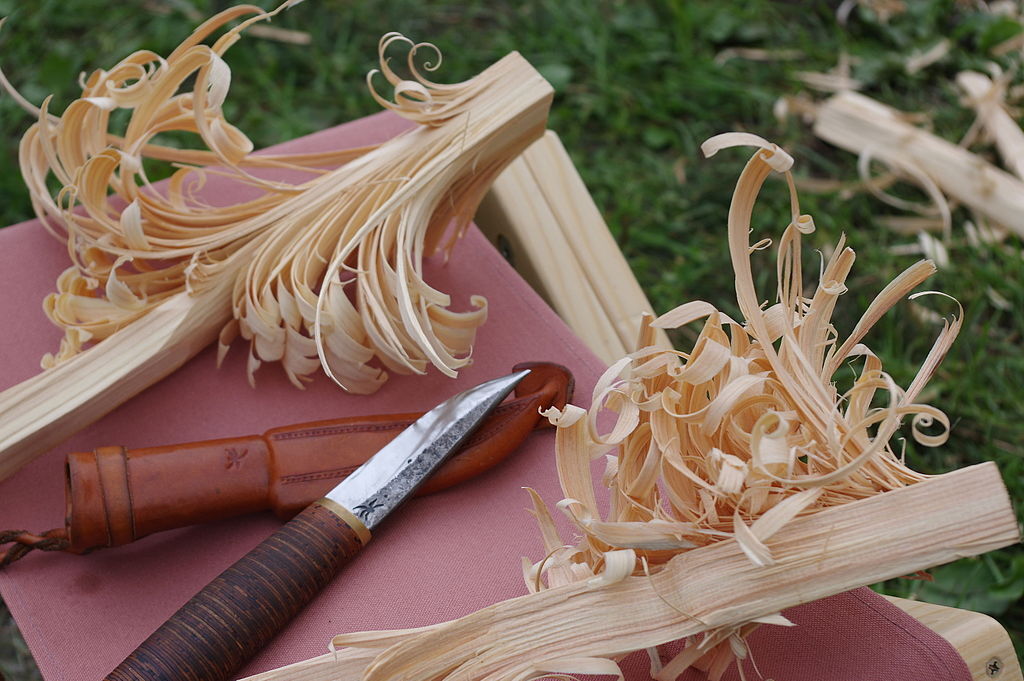The charm of bonfires
Do you like bonfires? What kinds of things have you burned in your childhood? I was a very serious child and never played with fire, but I completely got fascinated by bonfire when I grew up and started camping. When building a fire, you are immersed in a routine process. The process of growing a small fire into a large flame requires a kinds of concentration. At the beginning of the fire you would be busy to take care, but once a large flame is built up, it’s no more so much work, and then you can just spent time gazing at it on your favorite chair.
Cedar leaves are good kindlings in Kyoto
When I was living in Kyoto, I spent relatively longer time as bachelor and graduate student. I used to go camping wtih friends whenever I found free time. In Kyoto the most common tree is cedar. Cedar leaves are very good kindling thanks to their good flammability.
Dry stalks of reeds are also good. Although they are the worst at sustaining fire, they can give off a beautiful flame at a moment, producing a spark like fireworks.


Fallen leaves of cedar
Dry stalks of reeds
Seeking the best kindlings in Hokkaido
Now, I’m living in Hokkaido and cedar leaves no available. The vegetation is so different between temperate climate zone and subarctic one and forest floor is full of unfamiliar Litterfall.
Surprisingly, cedar leaves are even on sale on Amazon for about 1,000 yen per kilogram!! Had I known, I would have collected and sold them too… I have no intention of donating to greedy reseller of defoliation. Let’s find some alternatives!


1. Litterfall for kindling
The following four litterfall are known as good kindling. In particular well-dried pine cones contain resin then they get burn easily. It is sometimes difficult to find dry ones in the actual fields, so I recommend you pick them up in the park or along roadside whenever you see them.
- pine cones (Matsu-bokkuri)
- Ears of Miscanthus (Susuki in Japanese)
- Leaves of cedar or cypress (Sugi/Hinoki)
- Bark of cedar or birch (Shirakaba)

2. Making feather sticks
Making feather sticks is another option. Feather sticks are thinly shaved pieces of firewood thinnend with a knife. They are called “feather sticks” because the shaved wood pieces curl around the firewood and look like feathers. When making a fire in camp, the feather stick is used as an kindlingigniter, and the fire is transferred to twigs, pine cones, etc.

3. An extra edition:
If you want to make it easy, another option is to buy a commercial goods. There is a product called “Bunka takitsuke” that is produced in Hokkaido. It has a good reputation, so I’ll give it a try soon and report back!
Photo credit: https://www.bepal.net/archives/187361, https://kawahara-stove.com/blog/2010/5433, https://kigosai.sub.jp/001/archives/3304

Nami

